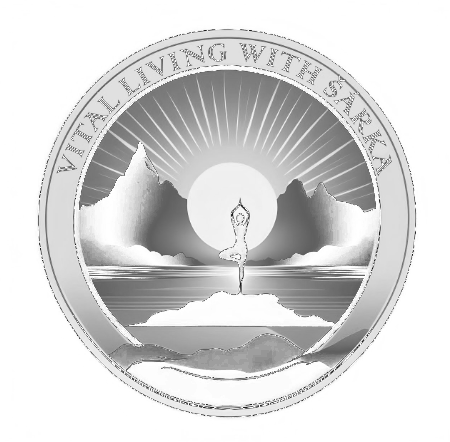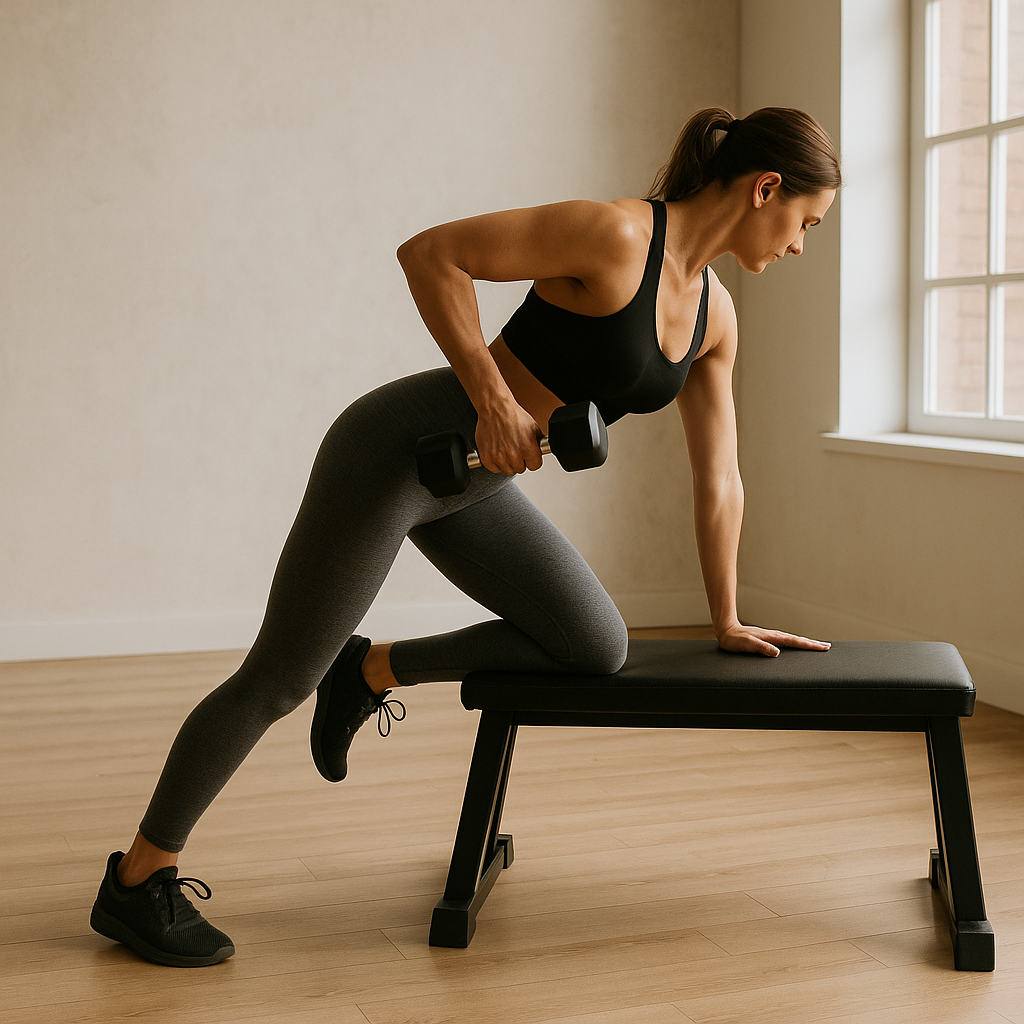For many women, fitness used to mean more: more cardio, more sweat, more hours at the gym. But as our bodies evolve after 35, “more” often becomes the enemy of balance. The truth is, strength in this chapter of life has less to do with intensity — and everything to do with intention.
At Vital Living, we believe strength training should make you feel alive, not exhausted. Let’s explore what it really means to be strong, not stressed, and how you can redefine fitness in a way that supports your hormones, energy, and joy.
The Shift After 35
Somewhere around our mid-30s, biology starts changing the rules. Hormones like estrogen and progesterone fluctuate, muscle mass naturally declines, and recovery time lengthens. Work, kids, and real-life responsibilities often pull energy in a dozen directions.
So the old formula — train harder, eat less, repeat — stops working. In fact, it can backfire, raising cortisol (the stress hormone) and leaving you inflamed, bloated, or fatigued.
That’s why modern fitness for women over 35 isn’t about punishment; it’s about preservation, balance, and empowerment.
Why Stress-Based Training Fails Women
For years, fitness culture glorified “no pain, no gain.” But pushing your body when it’s already overstressed triggers a hormonal storm. Chronic high cortisol lowers thyroid function, suppresses progesterone, and stores fat around the midsection — all while stealing your energy and sleep.
In other words: when you’re already juggling work, family, and life, the last thing your body needs is another source of stress.
Strong, not stressed means training smarter. It means creating workouts that build muscle, balance hormones, and energize — without draining your system.
Strength Is the Secret Superpower
After 35, muscle becomes your best ally. It’s not just about tone; it’s metabolic medicine. Muscle improves insulin sensitivity, supports bone density, and keeps your metabolism steady — even at rest.
But the good news is: you don’t have to live at the gym. Two to three well-structured strength sessions per week — focusing on large, compound movements (think squats, lunges, rows, push-ups) — can do more for your longevity than any amount of endless cardio.
Balance that with yoga, walking, and mobility work, and you’ll build resilient strength that serves you for decades.
Redefining “Strong”
True strength isn’t measured by how much you can lift or how hard you push. It’s measured by how confidently you show up in your body — present, powerful, and grounded.
Being strong now means:
💫 Lifting your groceries without back pain.
💫 Feeling energized for your family and work.
💫 Loving how you move, not just how you look.
💫 Recovering fast and sleeping deeply.
Fitness for women over 35 is no longer about shrinking your body — it’s about expanding your life.
The New Rules of Fitness Freedom
If your workouts feel like a chore or leave you depleted, it’s time to change the narrative. Here are five modern rules to guide your Vital Living fitness journey:
1. Listen to Your Energy, Not Your Ego
If you’re tired or overwhelmed, a gentle walk or mobility session can serve you better than a bootcamp. Energy-matched movement keeps cortisol balanced and consistency high.
2. Train for Function, Not Fatigue
Prioritize compound strength movements and proper recovery. Work smarter — short, focused workouts (30-40 minutes) beat long, draining sessions every time.
3. Honor Rest as a Training Tool
Muscle growth and hormone repair happen when you rest, not while you grind. Schedule rest days with the same intention as workouts.
4. Fuel Like You Care
Eat enough protein, especially post-workout. Combine it with healthy fats and slow carbs to stabilize blood sugar and energy. Skipping meals only raises stress hormones.
5. Find Joy in the Journey
Fitness shouldn’t feel like punishment. Dance, hike, play, stretch — movement should bring you back to your body, not pull you away from it.
Mindful Fitness: Where Yoga Meets Strength
Strength and stillness are not opposites; they’re partners.
Incorporating yoga or breathwork into your routine supports recovery, improves focus, and balances your nervous system.
The Vital Living method blends functional strength training with mindful movement — so your workouts strengthen both body and mind.
A few minutes of deep breathing before lifting, or gentle stretches after training, can transform your entire hormonal response. Calm body = calm cortisol = steady results.
Nourish, Don’t Neglect
The foundation of sustainable fitness is nutrition that supports recovery and hormones.
Key nutrients for women over 35 include:
🥩 Protein: Repairs muscle and stabilizes energy (aim for 20–30 g per meal).
🥑 Healthy Fats: Support hormone production (avocados, olive oil, salmon).
🥦 Magnesium & B Vitamins: Ease stress and aid recovery.
💧 Hydration: Dehydration magnifies fatigue and joint pain.
Instead of cutting calories, think about feeding strength — because strength needs fuel.
Mindset Matters Most
Strong, not stressed begins in your mind.
Let go of the “fix-me” mindset and step into the “support-me” mindset.
Movement should not be a punishment for eating or aging — it should be a celebration of resilience. Every rep, walk, and stretch is an act of self-respect.
When you train from love, not fear, your body responds with vitality instead of resistance.
The Vital Living Approach
At Vital Living, we teach women to reclaim balance — blending science with soul. Whether you’re returning to movement, navigating hormone shifts, or craving strength without burnout, your body is capable of incredible transformation when you train with compassion.
You don’t have to choose between strong and soft, power and peace.
You can have both.
That’s the essence of Vital Living.
Conclusion – Redefining Fitness, Redefining You
You’ve evolved — your fitness should too.
Being “strong, not stressed” means honoring your body as it is today, not forcing it into yesterday’s mold. It’s training with wisdom, resting with purpose, and living with energy that comes from balance.
Because the strongest version of you isn’t the one who does more —
it’s the one who finally learns when to slow down, breathe, and live fully.

